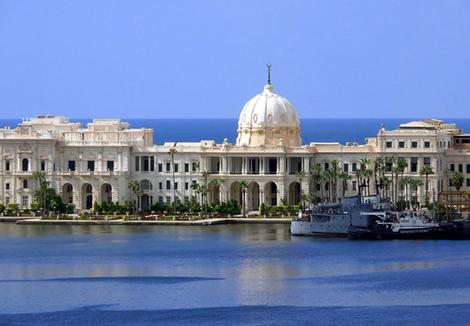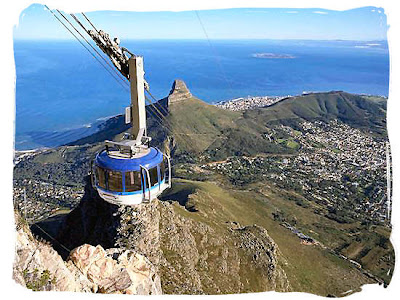
The Apartheid Museum is one of the main destinations as far as Gauteng Tourist Attractions go. The museum offers so much more than a mere cursory glance at the country's history. It also signifies a triumphant victory of the spirit of South African people in general to overcome prejudice and adversity.

More than twenty million South Africans found themselves classified as second-class citizens when, in 1948, the Afrikaaner-led National Party took the roll of governance in the country. These millions of people were reduced to a life of service and degradation.

But as the Apartheid Museum so poignantly illustrates, the peoples of South Africa refused to be beaten and in 1994, they finally attained their right to liberation when Nelson Mandela became the first democratically elected president of the country.

As one of the leading Gauteng Tourist Attractions, the Apartheid Museum is only a fifteen-minute drive from what is now the OR Tambo International Airport. Visitors to the museum will be touched by the real history of the country.

Many visitors, both local and international, arrive at the museum expecting to be moved and leave with a far more profound appreciation of what has been achieved since the country became a democracy. They are soon exposed to the dark and turbulent past of the region, confronted with the cruelty, abuses, discrimination, and pain that many citizens endured. But they are also confronted with the glorious triumphs that the people brought about by not giving up their right to freedom and equality.

The Apartheid Museum is unique and one of a kind. It shows visitors how the apartheid originated and how it met its demise. Because this system of governance was racially prejudiced, much of the country's progress was inhibited. But after more than half a century of struggle freedom brought with it a brighter future than the country had known thus far.

Many people have been involved in establishing and organizing the museum to bring visitors a unique and real perspective. From filmmakers to historians, curators to designers, all have made a significant contribution, ensuring that The Apartheid Museum offers a respectable view of the country's history. The museum sits upon seven hectares and is an architectural success, affording visitors a South African experience they would not expect.

Those who visit the country and wish to experience the South Africa of the past should make it a priority to see The Apartheid Museum. Even locals should take the opportunity to do so. More than just a record of the past, the museum also serves as a beacon of light. It shows the whole world the ways in which ordinary South Africans are learning to adjust to the present without forgetting the sacrifices of the past and testifies to the human spirit.






